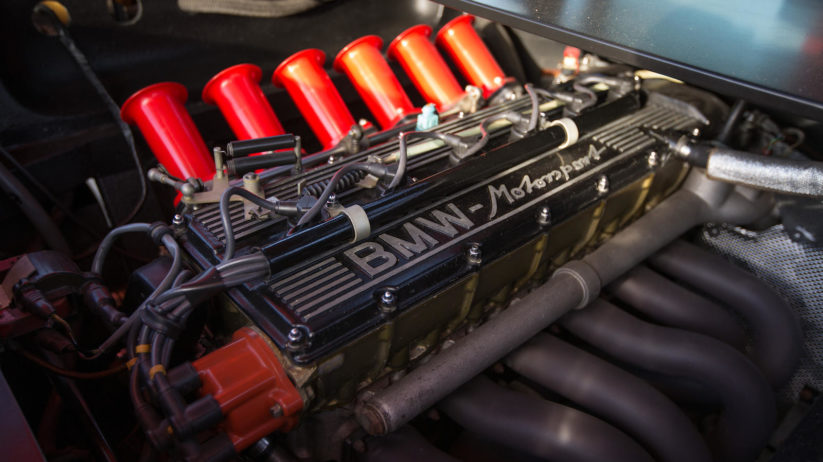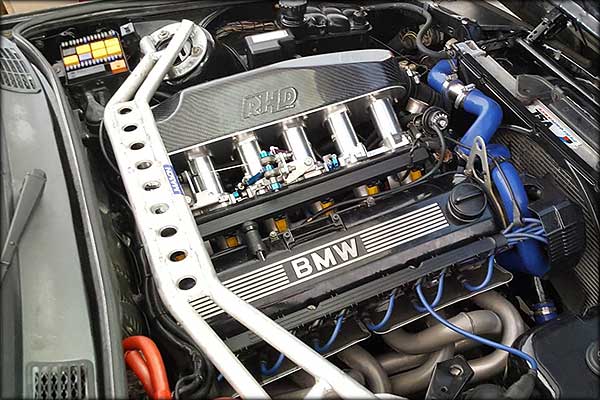Exploring the Development of Combustion Engines in Modern Transportation Systems
As we navigate the landscape of contemporary transportation, the development of combustion engines stands as a testament to human ingenuity and engineering expertise. From their modest starts to the innovative giants thrusting lorries today, burning engines have actually undertaken an impressive trip of technology and adjustment. Recognizing the details of this advancement not just drops light on the past however additionally leads the way for visualizing what lies in advance in the world of transportation technology. The interplay of background, innovation, and environmental concerns in shaping the trajectory of combustion engines develops a story that is both engaging and insightful.
Very Early Beginnings of Combustion Engines
Exactly how did the concept of burning engines first arise in the very early phases of transportation development? The origins of combustion engines can be mapped back to the 17th century when the principles of inner combustion were initial checked out. In 1673, Christian Huygens conceived a fundamental inner combustion engine that made use of gunpowder to generate power. Nonetheless, it wasn't up until the late 19th century that useful applications of burning engines in transportation began to arise.
The development moment came with the creation of the initial successful gasoline-powered engine by Karl Benz in 1885 - bmw engine. This engine led the way for the growth of the modern car, revolutionizing transportation systems worldwide. Subsequent advancements by Nikolaus Otto and Gottlieb Daimler further refined combustion engine modern technology, resulting in the automation of autos and the rapid expansion of the transportation industry
These very early burning engines were identified by their simpleness and performance, laying the structure for the complicated and effective engines utilized in modern transport systems. The advancement of burning engines has actually contributed fit the method we travel and carry products, marking a significant turning point in the background of transportation development.
Transition to Internal Burning Innovation
The shift to internal burning modern technology marked an essential change in the advancement of transportation systems. This shift started in the late 19th century, with innovators like Nikolaus Otto and Gottlieb Daimler establishing the first effective interior combustion engines. These engines revolutionized transport by providing an extra powerful and efficient option to heavy steam engines and electrical motors.
One of the essential advantages of inner combustion engines was their capacity to be reduced to match lorries, causing the development of bikes and autos. This shift from cumbersome, fixed engines to small, mobile ones paved the means for the contemporary transportation systems we see today.
The shift to inner combustion innovation also stimulated advancements in fuel innovation, bring about the development of gasoline and diesel as main gas resources for lorries. This change not just made transport extra easily accessible to the masses but also laid the structure for the oil and gas industry to end up being integral to worldwide economies.
Effect of Combustion Engines on Transportation
The adoption of burning engines in transport systems catalyzed a profound change in the performance and speed of global wheelchair. Burning engines revolutionized transportation by supplying a dependable and flexible source of power for different lorries, consisting of cars, ships, airplanes, and trucks. This technology substantially enhanced the capability for items and individuals to conform cross countries in much shorter time frameworks, causing boosted connection in between areas and countries.
Moreover, the extensive usage of combustion engines has had a significant effect on economic advancement. The capability to carry products effectively has spurred trade and business, permitting organizations to increase their markets and get to customers worldwide. This has helped with economic growth and globalization, as items can currently be delivered quicker and in larger quantities than ever in the past.
Nonetheless, the environmental impact of combustion engines can not be forgotten. The burning of fossil fuels has brought about air contamination and greenhouse gas discharges, contributing to environment change and posturing health and wellness dangers to populations. bmw engine. Consequently, there is a growing emphasis on creating alternate propulsion technologies to mitigate these adverse effects and produce a more lasting future for transportation
Innovations in Burning Engine Layout
One noteworthy development is the advancement of turbocharged engines, which utilize exhaust gases to drive a wind turbine that compresses inbound air, enabling for more fuel to be charred, resulting in enhanced power output without a significant increase in engine dimension. Variable shutoff timing systems have likewise transformed engine design by optimizing air flow at different engine rates, improving both power and performance. These innovations jointly Web Site contribute to the see it here continual improvement of burning engines in contemporary transportation systems.
Future Trends in Burning Engine Advancement
With innovation innovations driving continual advancement, the future of combustion engine development is positioned to change transport systems worldwide. One of the vital patterns in combustion engine growth is the push in the direction of higher efficiency and lowered discharges. Manufacturers are investing heavily in study and development to boost engine efficiency while meeting rigid environmental laws. This includes the integration of sophisticated fuel injection systems, boosted turbocharging methods, and the usage of lightweight products to optimize gas consumption and minimize carbon emissions.
Another prominent pattern is the fostering of hybrid innovations in burning engines. Crossbreed engines combine conventional burning modern technology with electric power, providing boosted gas efficiency and lower discharges. As the vehicle sector shifts towards electrification, hybrid combustion engines are viewed as a transitional solution that connects the space in between standard vehicles and fully electric ones.
Furthermore, the combination of wise modern technologies, such as expert system and data analytics, is anticipated to play a significant duty in the future of burning engine advancement. These modern technologies can maximize engine efficiency in real-time, bring about extra reliable burning processes and improved general automobile performance. Accepting these future trends will not only drive innovation in combustion engine development yet additionally add to a much more sustainable and eco-friendly transport environment.

Final Thought
In final thought, the evolution of burning engines in modern transportation systems has been marked by significant developments in innovation and style. From the early beginnings of combustion engines to the shift to internal combustion innovation, these engines have had a profound impact on transportation. Innovations in burning engine layout remain to drive progression in this area, with future patterns focusing on further improving performance and reducing discharges. The future of combustion engines in transportation looks promising as research and growth initiatives proceed to push boundaries.
The roots of combustion engines can be traced back to the 17th century when the concepts of interior combustion were initial checked out. These engines transformed transport by using a more powerful and efficient option to steam engines and electrical motors.
